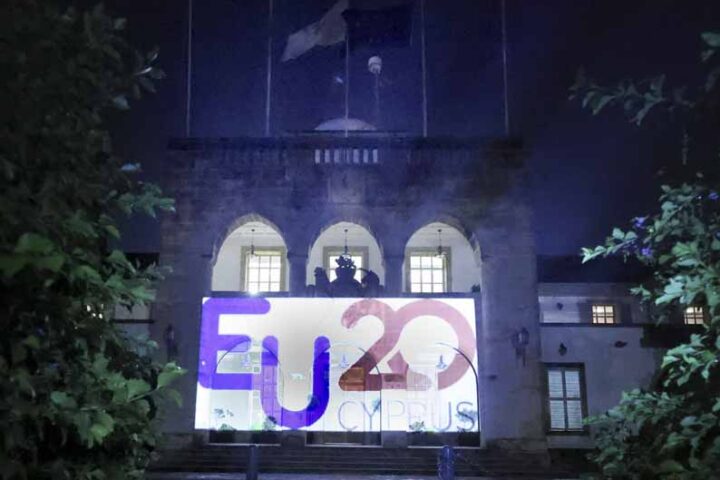.
By Oren Laurent
President, Banc De Binary
We are mere days away from the Federal Reserve’s very first interest-rate hike in over nine years. Such is the significance of this historic monetary policy decision that equities markets, currency markets, indices and commodities are nervously jockeying for position.
Whenever central banks like the Bank of England, the European Central Bank, or the Fed make a decision to raise or lower interest rates, the impact of such a decision is profound. Since we are talking about the world’s #1 economy, the Federal Reserve Bank is the gold standard. It is a foregone conclusion that we can expect a 25-basis point rate hike this coming week, bringing the interest rate from 0.25% to 0.5%.
The implications of a rate hike are going to be felt by emerging market currencies, risky assets and global equities. The rationale behind these assumptions is clear: when the Fed moves to raise interest rates, the USD appreciates relative to a basket of currencies. This is true of major and minor currencies. Since the yield on dollar-denominated assets, investments and fixed interest-bearing assets will be increasing, there is a move towards these particular assets. In other words, central banks around the world will be buying dollars, speculators will be buying dollars, currency traders will be buying dollars and as the dollar is the world’s reserve currency, the overall demand for the USD will increase. This naturally leads to an appreciation of the greenback and a concomitant depreciation of other currencies.
However, the impact is not sudden. Much of the strength we are currently seeing in the USD has already been factored in to the imminent rate hike. This is also true of equities markets. However, we are going to see an acceleration of capital flight from risky financial assets such as developing countries (emerging market economies) and their currencies. These include particularly vulnerable currencies like the South African Rand which is now trading at over 15:1. Other currencies likely to take a hit in the coming week are the Turkish lira, the Brazilian real, the Russian rouble, the Chinese yuan, the Indian rupee and other EM currencies.
There are also indirect consequences for a Fed rate hike on emerging market economies, and these will be felt in the areas of the MSCI emerging markets index, emerging market economy funds and global equities. It has already been established that developing economies have endured the longest decline since June on the back of US Fed rate hikes. There are real fears that capital outflows will accelerate midway through December.
MARKET TRENDS THIS DECEMBER
Owing to the strategic plans of mining companies to reduce production moving forward, industrial metals prices have risen. However, the persistently low price of Brent crude oil, which has now faced increasing downward pressure as a result of OPEC’s recent decision is now pushing the $36 support level. We are seeing a shift in investment income from equities markets and funds to fixed interest-bearing accounts such as Treasuries, bonds and savings accounts. This is being done in an effort to combat inflationary pressures which are likely coming as a result of the Fed rate hike.
Global financial markets are now facing increasing volatility especially in the days leading up to the Fed’s decision. There is tremendous activity in terms of selloffs with equities, and this is bound to continue throughout December.
THE VIX INDEX SURGES AS CONFIDENCE PLUNGES
Already, commodity prices are at 16-year lows, fuelled by persistent weakness in the Chinese economy. Just last week, the S&P 500 index capped a 3% decline, and there are concerns that China weakness will pervade global markets.
One of the most important measures of market volatility is the Chicago Board Options Volatility Index (VIX). It recorded a 45% increase in volatility to 21.55 – the highest figure in almost four months. This is one of the most important gauges of overall market sentiment, and the higher it is the more bearish the outlook for stocks. Some of the weakest sectors in the market are commodities such as copper and iron ore, as well as crude oil.
Emerging market currencies are particularly vulnerable, notably the 20 developing nation currencies which plunged 1.9% for the week – the worst performance in three months. However, as one might expect, the losses felt by emerging market currencies translated into gains felt by the USD in the US dollar index.
One of the biggest losers in the run-up to the Fed rate hike is the MSCI Emerging Markets index. A 4.4% decline for the week ending Friday, December 11, marked one of the worst performances since September. Other equity benchmarks that declined substantially include South Africa, Hong Kong and Indonesia.
Of course, the biggest faller of the week was oil. It is now generally accepted that the oil price will remain vulnerable, weak and depressed throughout 2016. WTI crude dropped as low as $36.43 per barrel as persistently bearish investor sentiment dominates the crude oil market. All in all, the Fed rate hike is going to have a mixed reaction on global markets, but the good news is we can expect a subtle and gradual increase in rates as opposed to a sharp and sudden rate hike.
Please note that this column does not constitute financial advice.








